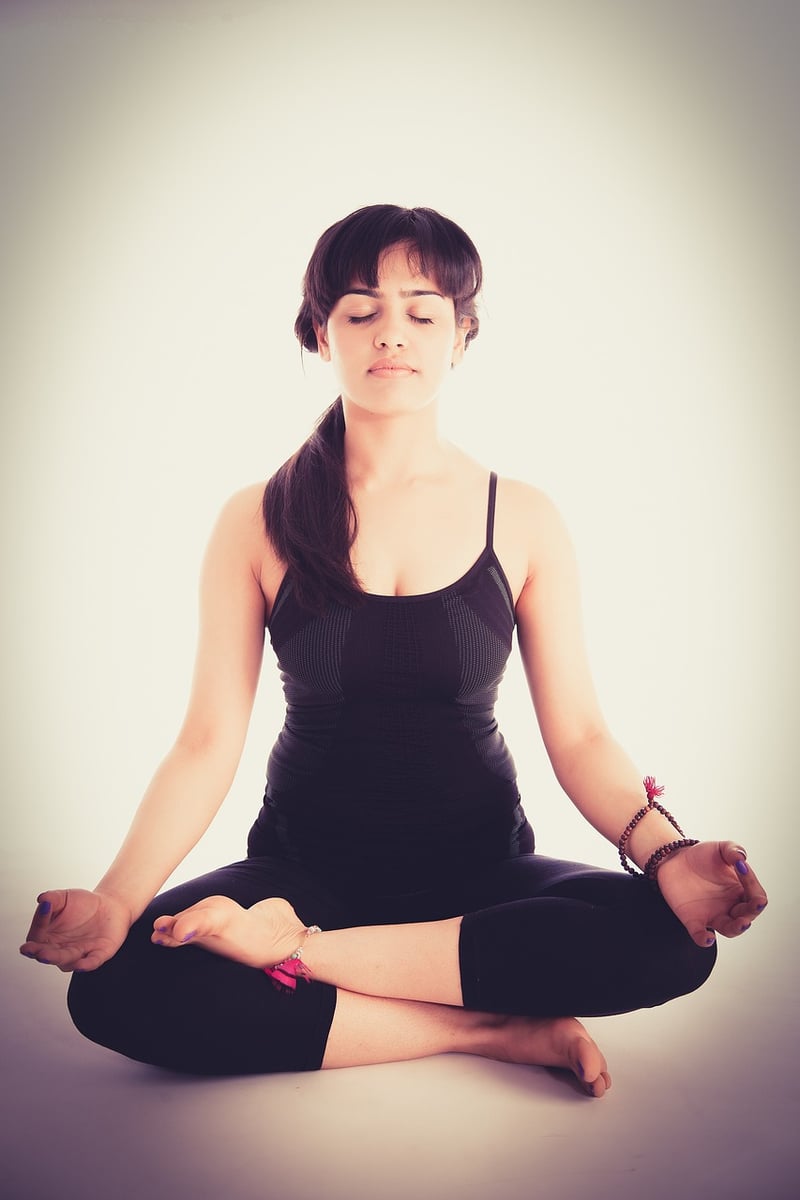Pranayama Techniques
Enhance Your Breathing with Pranayama Techniques
Breathing is a fundamental aspect of our existence, yet we often take it for granted. Learning to breathe consciously and effectively can have profound effects on our physical, mental, and emotional well-being. By incorporating pranayama techniques into your daily routine, you can enhance your breathing capacity, reduce stress, and improve overall health.
The Benefits of Pranayama
Pranayama, the ancient yogic practice of breath control, offers a wide range of benefits for practitioners. Some of the key advantages include:
- Stress reduction and relaxation
- Improved lung function and oxygen intake
- Enhanced focus and concentration
- Balanced energy levels
- Detoxification of the body
Pranayama Techniques to Try
Here are some simple yet effective pranayama techniques that you can incorporate into your daily routine:
- Deep Abdominal Breathing: Place one hand on your chest and the other on your abdomen. Inhale deeply through your nose, allowing your abdomen to rise as you fill your lungs with air. Exhale slowly through your mouth, feeling your abdomen fall. Repeat for several breaths.
- Alternate Nostril Breathing (Nadi Shodhana): Sit comfortably with your spine straight. Use your right thumb to close your right nostril and inhale through your left nostril. Close your left nostril with your right ring finger, open the right nostril, and exhale. Inhale through the right nostril, close it, open the left, and exhale. Repeat for several rounds.
- Kapalabhati Breathing: Sit with a straight spine and take a deep breath in. Forcefully exhale through your nose by quickly contracting your lower belly. The inhalation will happen naturally. Start with a few rounds and gradually increase the pace.
Guidelines for Practicing Pranayama
When practicing pranayama, it's essential to keep the following guidelines in mind:
- Find a quiet and comfortable place to sit.
- Practice on an empty stomach or at least 2-3 hours after a meal.
- Start with a few minutes of deep breathing before moving on to specific pranayama techniques.
- Listen to your body and avoid straining or forcing your breath.
- Consult a qualified yoga instructor if you are new to pranayama or have any health concerns.
By incorporating pranayama techniques into your daily routine, you can experience a deeper connection to your breath and cultivate a sense of inner calm and vitality.
Remember, the key to reaping the benefits of pranayama is consistent practice and mindful breathing. Start with a few minutes each day and gradually increase the duration as you become more comfortable with the techniques.

Take a deep breath, relax, and embark on a journey of self-discovery through the power of pranayama.
